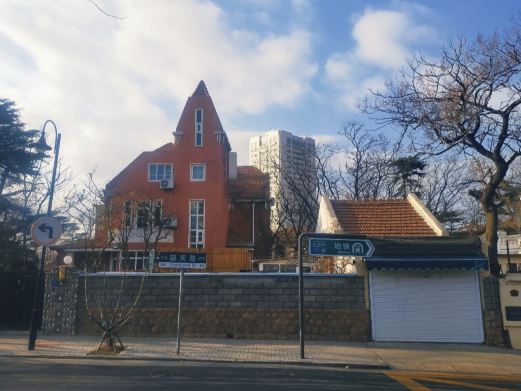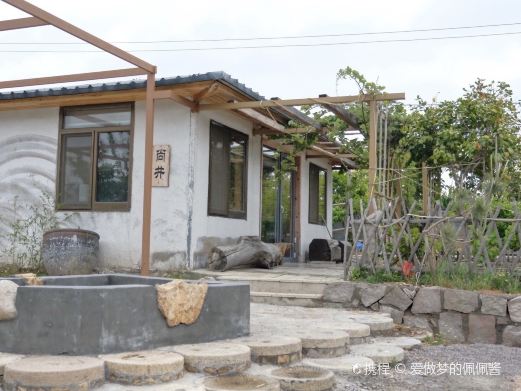In the ‘Analects of Confucius’, Confucius’s praise for Yan Hui is evident throughout, and Yan Hui is also known for his virtue. As a result, posterity has continuously elevated Yan Hui’s title alongside the veneration of Confucius. During the Yuan Dynasty, Yan Hui was posthumously honored as ‘Fu Sheng Gong’ and respectfully referred to as ‘Fu Sheng’, and the Yan Temple is also known as ‘Fu Sheng Temple’.
The Yan Temple is divided into five courtyards, with 159 rooms including halls, chambers, pavilions, storehouses, and gates. The main structures within the temple are Fu Sheng Gate, Gui Ren Gate, Yang Sheng Gate, Lou Xiang Well, Yue Ting, Fu Sheng Hall, and the stele pavilion, forming a rare and massive ancient architectural complex. Inside Fu Sheng Gate, there is Lou Xiang Well, and outside, there is an octagonal open-air square pavilion. To the north of the well, there is a stone tablet inscribed with ‘Lou Xiang Well’ from the Ming Dynasty, erected in memory of Yan Hui’s frugal virtues of ‘one bamboo basket of food, one gourd of water, living in a humble alley’. Fu Sheng Hall is the main hall. The eastern and western wings also house the memorial tablets of distinguished Yan family members such as Yan Zhitui, Yan Shigu, Yan Zhenqing, and Yan Gaoqing. The temple is open all year round from 08:30 to 16:30; on New Year’s Eve, it is open from 08:30 to 14:00.Yan Temple
In the ‘Analects of Confucius’, Confucius’s praise for Yan Hui is evident througho[...]









